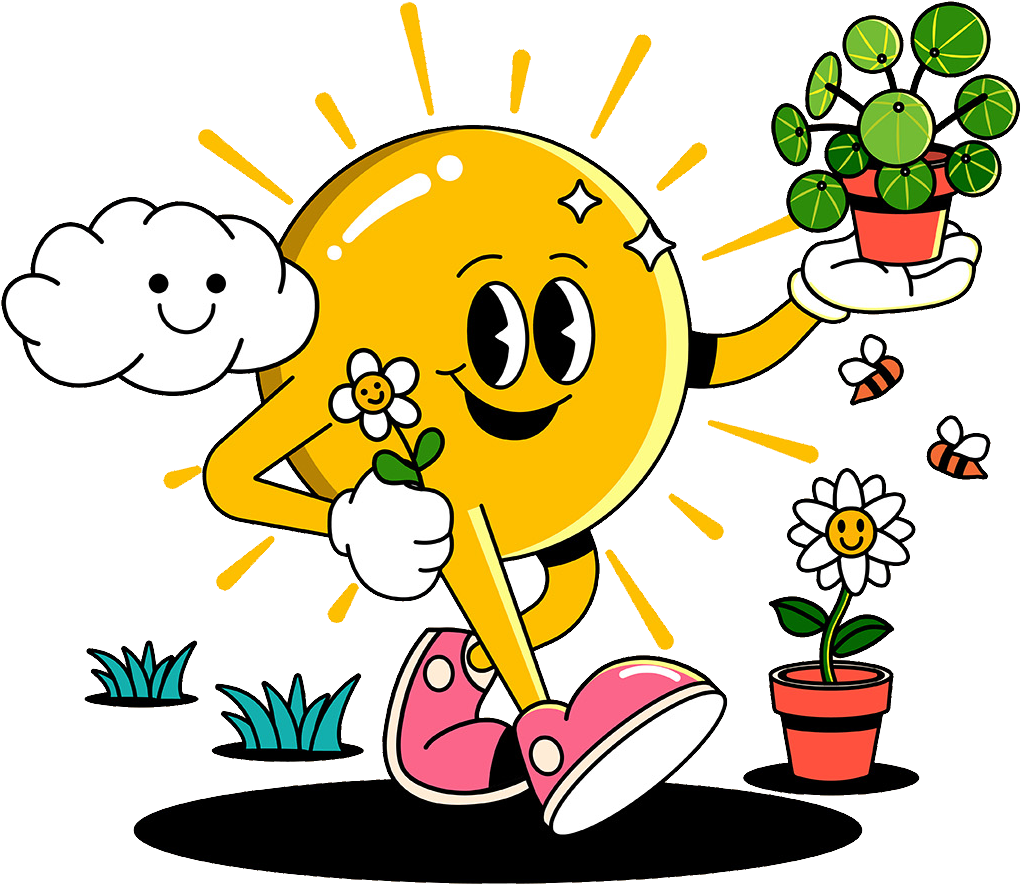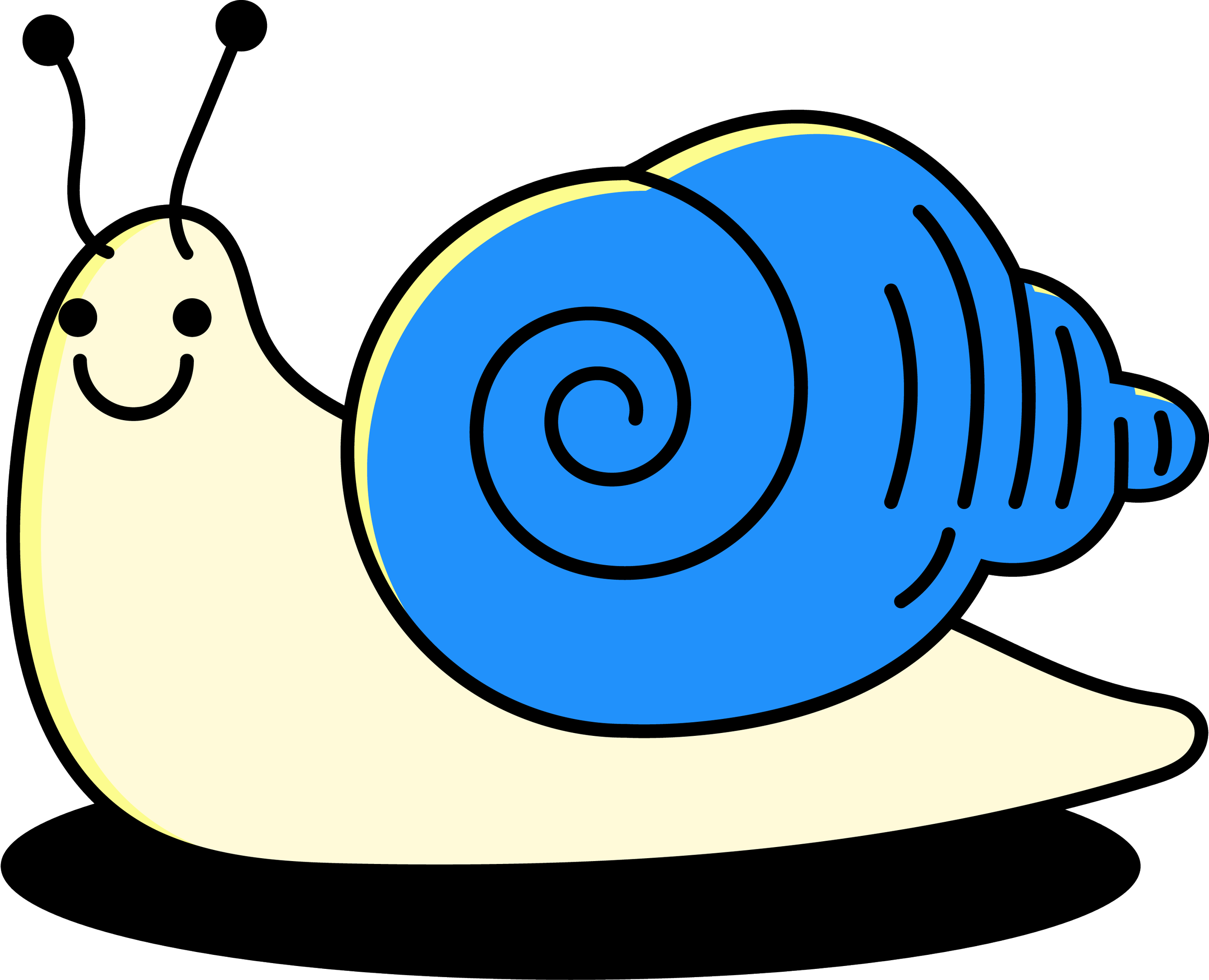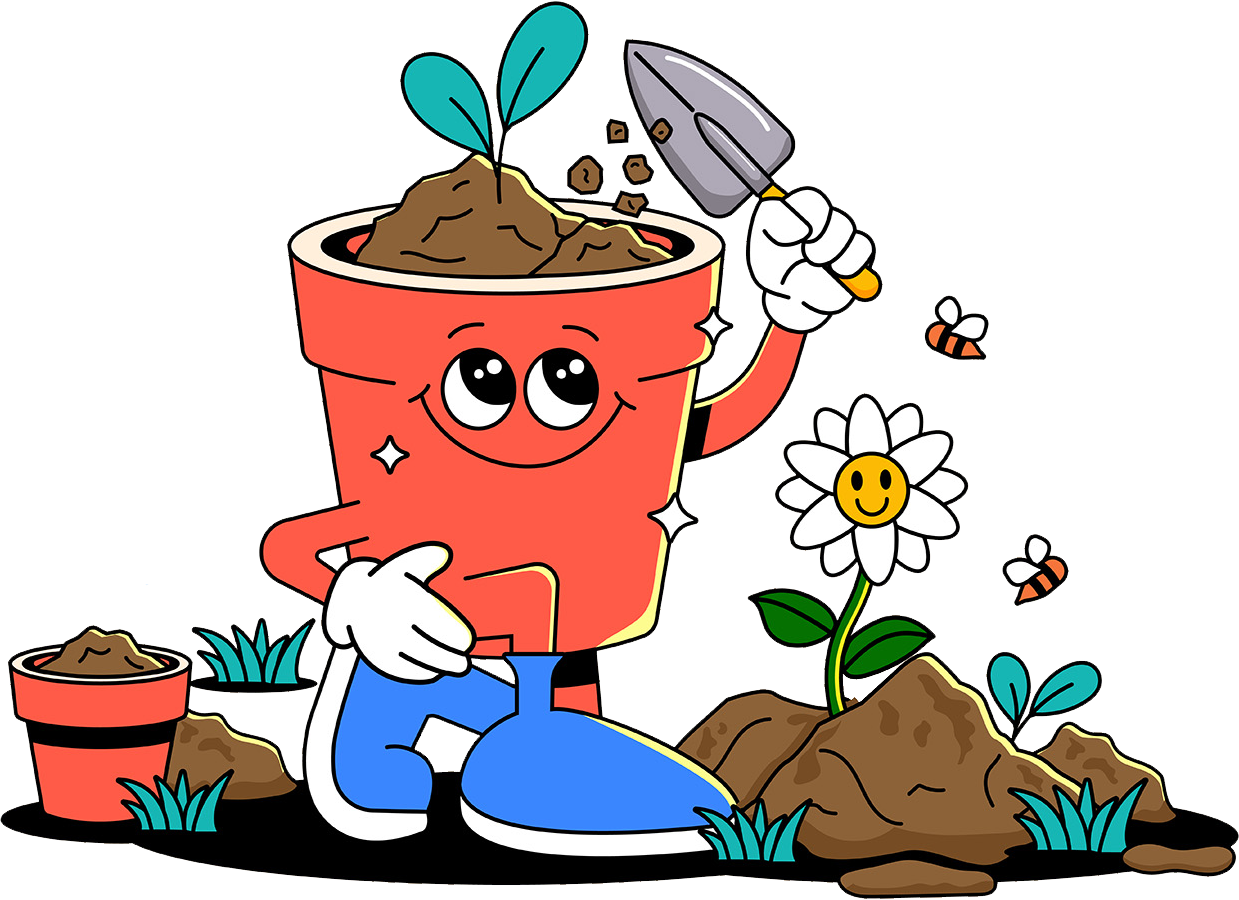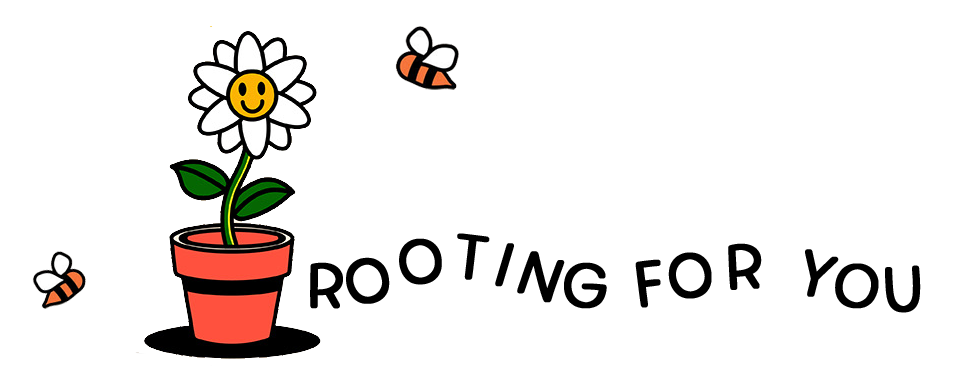INDIRECT SUN
Keep in bright, indirect light
☀︎ Avoid harsh sun ☀︎
Rubber plants can tolerate low light, but may start to look leggy or drop lower leaves.
WATER WHEN DRY
Water when top inches of soil are dry
A rubber plant’s thick leaves store water, so it doesn’t need to be watered daily. Overwatering can lead to root rot. Make sure its pot has good drainage.
Rubber plant does well in moderate humidity.
It isn’t fussy, so indoor humidity is fine! However, if you live in a drier environment, consider using a humidifier to boost humidity levels.
soil needs
Rubber plant digs a well-draining, slightly airy mix that lets excess water escape while still retaining enough moisture.
When choosing a potting mix for rubber plant look for mixes that include:
ᯓ Perlite ᯓ
Improves drainage and prevents waterlogging.
ᯓ Orchid Bark ᯓ
Adds airflow and helps keep soil from getting too dense.
ᯓ Coco Coir ᯓ
Helps hold moisture without making the soil too wet.
Common Issues
-
A possible sign of overwatering. Soil that has been overwatered can lead to root rot.
Remove affected leaves. Cut back on waterings.
If issue persists or you suspect root rot: remove from pot, trim away dead, mushy roots, and repot in fresh soil.
-
A sign of not enough sunlight or inconsistent watering.
Move your rubber plant to a brighter spot and adjust your watering schedule. It may also shed leaves when adjusting to a new environment!
-
Often due to low humidity or soil kept too dry.
Typically a rubber tree does not need high humidity, but in drier climates a humidifier will keep it from browning.
-
A little harder to diagnose. This could be due to insufficient light, cooler temperatures or it is simply in a dormant phase.
Make sure to keep it in bright, indirect light and out of colder temperatures. It may naturally go dormant, but you can also try fertilizing monthly to keep its nutrients balanced.
Not Pet Safe
Rubber plant can be toxic to pets if ingested. If you have pets, keep rubber plant out of their reach.









